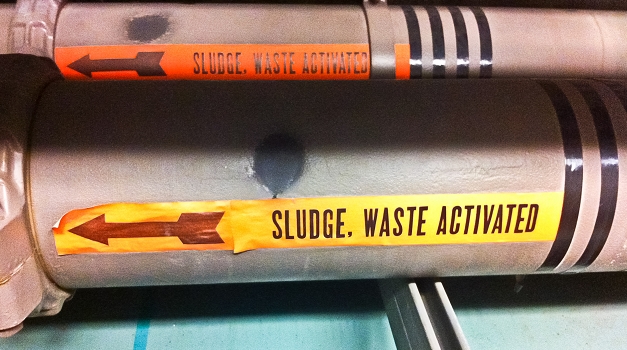
A dangerous radioactive element could be lurking in your tap water. It’s odorless, invisible, and tasteless but it’s affecting up to 170 million Americans every day. This naturally occurring carcinogen leeches into the water supply from deep rock aquifers and is not filtered out of the water before it heads to your tap.
Radium-226 and Radium-228 are now measured in most water samples collected across the United States and radium levels are increasing. From 2010 to 2015, the Environmental Working Group (EWG) analyzed radium test results from public water systems across the U.S. The EWG found high levels of radium in water supplies that impact an estimated 170 million Americans! The EWG put together an interactive map that reveals the amount of radium measured in tap water for hundreds of U.S cities. Enter your zip code to find out how much radium is in your tap water.
Public water systems report unsafe radium levels
Since radium is so persistent in water supplies, the Environmental Protection Agency set a general safety standard to go by. According to the EPA, water should not contain more than 5 pCi/L (picocuries per liter) for radium-226 and radium-228. Sadly enough, several water supplies, from Wisconsin to Texas measured in excess of the EPA limits. Andover, Minnesota tests over the limit at 7.143 pCi/L. Brady, Texas is higher yet, measuring 9.249 pCi/L. The worst reading was at Waukesha Water Utility near Milwaukee (10.683 pCi/L). In all, 158 public water systems, spanning 27 states, reported radium in excess of federal limits. In California, a staggering 800 water systems detected radium, affecting 25 million residents. In Texas, 3,500 water systems detected radium, impacting 22 million people in the state. That’s 80 percent of the people living in Texas!
Well water is not exempt from radium contamination. In fact, well water contains unpredictable amounts of naturally-occurring radium, depending on the source of the groundwater. Phosphate rocks contain relatively high levels of radium. If the well water is collected from rural farm communities in the Midwest, it could also be heavily contaminated with agrochemicals and nitrate from fertilizers. You won’t know if your well water is safe unless you have it tested or properly filtered.
Is there a solution to protect against radium?
Once radium is ingested, approximately 80 percent of the total amount will be eliminated through the bowels. Twenty percent will remain in the body for a longer period, circulating through the blood and to the internal organs. Some radium stays with you for the long haul, finding a home in your bones. A urinalysis and bone biopsy test can be used to determine the level of radium in your body. Radium exposure over a long period of time can result in lymphoma, bone cancer, aplastic anemia, and leukemia.
Water softeners (ion exchange) can help remove radium from your drinking water. Lime softening and reverse osmosis are two other methods that remove approximately 90 percent of the radium from water sources. Lab verified water filters such as Big Berkey or Zen Water Systems perform comprehensively for removing contaminants such as aluminum, lead, arsenic, and cadmium. The Berkey filters are also verified to remove potentially radioactive particles such as radium, uranium, and thorium.
If you are looking to protect yourself over the long haul from radium and other hazardous contaminants, consider investing in a lab verified water filtration system such as the Big Berkey or Zen Water Systems.
Read more at Radiation.news.
Sources include:
Please contact us for more information.















